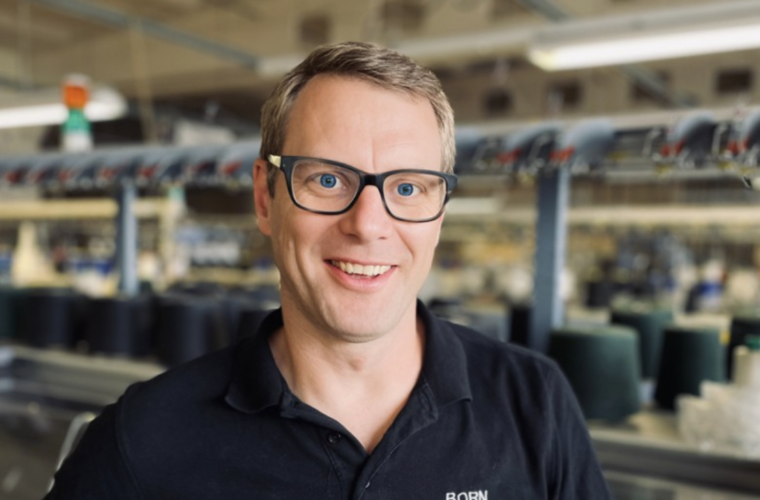Welcome to the revolutionary world of e-textiles and smart clothing. The fashion and healthcare industries are being transformed by the power of technology, giving rise to a new era of innovation and possibilities. From wearables that monitor your health to garments that can adjust their temperature, smart clothing is changing the way we live and interact with our environment. E-textiles, a combination of electronics and textiles, are at the forefront of this movement. Whether it’s tracking your heart rate, detecting changes in body temperature, or even collecting data to aid in medical research, the possibilities are endless. We’ll dive into the latest technology and trends, uncovering how these innovations are not only revolutionizing our wardrobes but also improving our well-being.
The evolution of the Smart Clothing industry
In the early stages of its development, the integration of electronics and textiles was a concept that many found hard to grasp. In the beginning, e-textiles were primarily used in the military and astronaut suits due to their ability to monitor physiological conditions in extreme environments. But, as technology became more accessible and affordable, the smart clothing industry started branching out into more mainstream applications.
Today, the smart clothing industry is a booming market, with plenty of companies and startups delving into the field. According to Market Research Future, the global smart clothing market is expected to reach $5.3 billion by 2024, showcasing the increasing demand for these innovative garments. This growth is fueled by advancements in technology, increased awareness about health and wellness, and the merging of fashion, technology, and healthcare.

Contributing to this field
As we’ve seen so far, the realm of smart textiles and wearables is more than just a trend; it’s a fusion of fashion and function, of tradition and tech. The DITF (Deutsche Institute für Textil- und Faserforschung) has become one notable contributor to this innovative field in Europe. Driven by the goal to address real-world challenges across textile sectors, the institute has delved deep into the immense potential of e-textiles, gathering experts from all over to help in this direction.
Within its ranks is Valerie Bartsch, Research Coordinator and Deputy Head of the E-Textiles & Acoustics Technology Center. We had the chance to have an interesting discussion with Valerie, where we gained deeper insights into the collaborative efforts at DITF to pave the way for integrating electronics into our everyday fabrics.
Inside DITF: bringing innovation to the table
The German Institutes of Textile and Fiber Research Denkendorf (DITF) represents Europe’s largest textile research centre. With their institutes and research areas, the DITF are the only textile research institution worldwide that spans the entire textiles production and value-added chain. They conduct interdisciplinary research in sectors like mobility, construction, health care, fashion, digitalisation and energy efficiency. The research centre actively engages in regional, national, and EU research projects, collaborating with private companies to support industrial textile projects, particularly in e-textiles.
As an active actor in e-textile development, Valerie leads the team in charge of developing new marketable e-textiles, focusing on the fabrication and contacting of fabric-integrated and fabric-based sensors and actuators. The 9-person team is made of diverse professionals specialising in textile, electronic, material and machine engineering. They work closely with other DITF departments to develop new prototypes and technologies, where each member plays a crucial role in project success. They are involved in collaborations to start industrial textile initiatives, with a special focus on e-textiles.
Regarding smart clothes, the team takes great satisfaction in seeing their collective efforts applied to causes with positive impacts on people’s lives. Most notably, they are proud of projects that optimise sports performance and safety for people using e-textile innovations. Another significant endeavour they have undertaken involves assistive technology aimed at enhancing the quality of life for individuals with physical or cognitive challenges.

The confluence of electronics and textiles
When asked, Valerie adds her insights to the ongoing exploration of e-textiles, where progress in merging electronics and microsystems into fabrics continues to impress. At the DITF, they strongly emphasise blending these two different worlds, leading to the rise of wearable computing and textiles embedded with special properties. Working together across different areas is the core of this evolution. It’s more than just putting electronic parts into fabric, Valerie says.
Textile materials are well accepted by the whole population and are present everywhere in our daily lives. A significant achievement of the research centre is the development of fabric-based structures. Thus, the textile properties of the fabric, i.e. the flexibility, reliability and textile haptic, are not impaired by stiff elements. Such sensors can be implemented into smart clothes as well as technical textiles designed for cars, factories, construction or technical applications, making big changes and improvements.
The future, the vision, and how the field will change
“E-textiles have the potential to revolutionise how we interact with technology,” Valerie explains, “Imagine clothing that adapts to our body temperature or monitors our health in real-time, or sports gear that provides instant feedback to athletes, helping them optimise their performance”.
The vision for e-textiles extends far beyond, foreseeing their application in industries such as healthcare, automotive, aerospace, data acquisition and architecture. In healthcare, e-textiles could revolutionise patient monitoring, offering continuous and non-invasive health tracking for improved medical care. Looking ahead, Valerie remains enthusiastic about the future of e-textiles. “The possibilities are boundless,” she says, “and it is incredibly motivating to be part of an industry that holds such transformative potential.”



